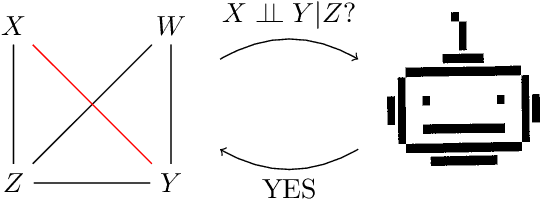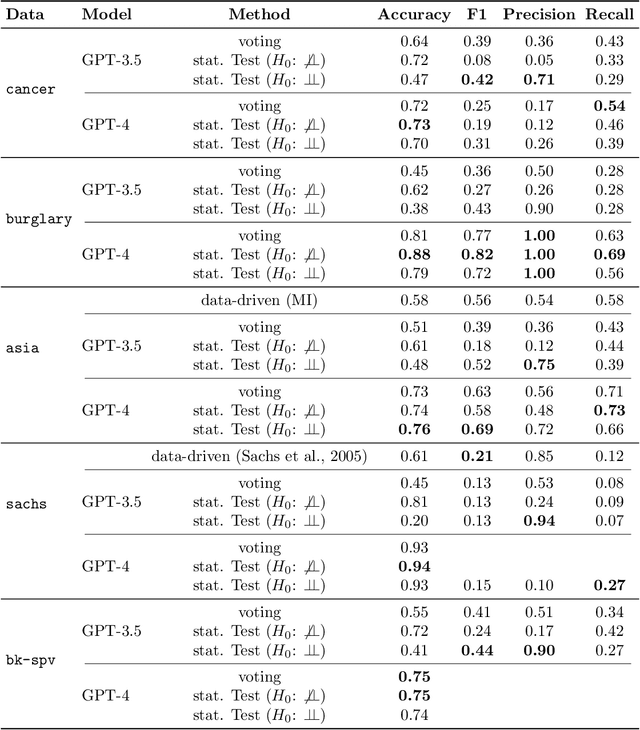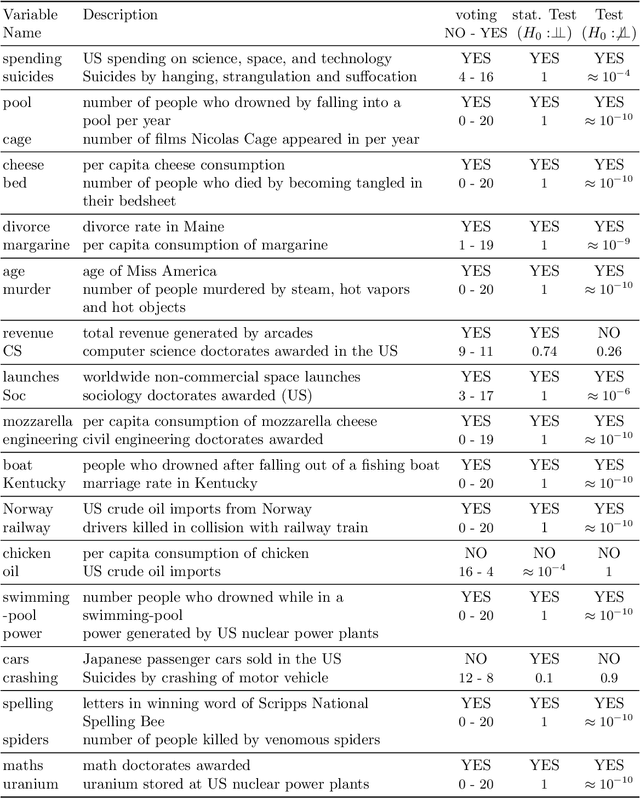Vasileios Sitokonstantinou
Dimensionality Reduction for Remote Sensing Data Analysis: A Systematic Review of Methods and Applications
Oct 21, 2025Abstract:Earth observation involves collecting, analyzing, and processing an ever-growing mass of data. Automatically harvesting information is crucial for addressing significant societal, economic, and environmental challenges, ranging from environmental monitoring to urban planning and disaster management. However, the high dimensionality of these data poses challenges in terms of sparsity, inefficiency, and the curse of dimensionality, which limits the effectiveness of machine learning models. Dimensionality reduction (DR) techniques, specifically feature extraction, address these challenges by preserving essential data properties while reducing complexity and enhancing tasks such as data compression, cleaning, fusion, visualization, anomaly detection, and prediction. This review provides a handbook for leveraging DR across the RS data value chain and identifies opportunities for under-explored DR algorithms and their application in future research.
Causal machine learning for sustainable agroecosystems
Aug 23, 2024

Abstract:In a changing climate, sustainable agriculture is essential for food security and environmental health. However, it is challenging to understand the complex interactions among its biophysical, social, and economic components. Predictive machine learning (ML), with its capacity to learn from data, is leveraged in sustainable agriculture for applications like yield prediction and weather forecasting. Nevertheless, it cannot explain causal mechanisms and remains descriptive rather than prescriptive. To address this gap, we propose causal ML, which merges ML's data processing with causality's ability to reason about change. This facilitates quantifying intervention impacts for evidence-based decision-making and enhances predictive model robustness. We showcase causal ML through eight diverse applications that benefit stakeholders across the agri-food chain, including farmers, policymakers, and researchers.
Large Language Models for Constrained-Based Causal Discovery
Jun 11, 2024



Abstract:Causality is essential for understanding complex systems, such as the economy, the brain, and the climate. Constructing causal graphs often relies on either data-driven or expert-driven approaches, both fraught with challenges. The former methods, like the celebrated PC algorithm, face issues with data requirements and assumptions of causal sufficiency, while the latter demand substantial time and domain knowledge. This work explores the capabilities of Large Language Models (LLMs) as an alternative to domain experts for causal graph generation. We frame conditional independence queries as prompts to LLMs and employ the PC algorithm with the answers. The performance of the LLM-based conditional independence oracle on systems with known causal graphs shows a high degree of variability. We improve the performance through a proposed statistical-inspired voting schema that allows some control over false-positive and false-negative rates. Inspecting the chain-of-thought argumentation, we find causal reasoning to justify its answer to a probabilistic query. We show evidence that knowledge-based CIT could eventually become a complementary tool for data-driven causal discovery.
Cloud gap-filling with deep learning for improved grassland monitoring
Mar 14, 2024



Abstract:Uninterrupted optical image time series are crucial for the timely monitoring of agricultural land changes. However, the continuity of such time series is often disrupted by clouds. In response to this challenge, we propose a deep learning method that integrates cloud-free optical (Sentinel-2) observations and weather-independent (Sentinel-1) Synthetic Aperture Radar (SAR) data, using a combined Convolutional Neural Network (CNN)-Recurrent Neural Network (RNN) architecture to generate continuous Normalized Difference Vegetation Index (NDVI) time series. We emphasize the significance of observation continuity by assessing the impact of the generated time series on the detection of grassland mowing events. We focus on Lithuania, a country characterized by extensive cloud coverage, and compare our approach with alternative interpolation techniques (i.e., linear, Akima, quadratic). Our method surpasses these techniques, with an average MAE of 0.024 and R^2 of 0.92. It not only improves the accuracy of event detection tasks by employing a continuous time series, but also effectively filters out sudden shifts and noise originating from cloudy observations that cloud masks often fail to detect.
Causality and Explainability for Trustworthy Integrated Pest Management
Dec 07, 2023



Abstract:Pesticides serve as a common tool in agricultural pest control but significantly contribute to the climate crisis. To combat this, Integrated Pest Management (IPM) stands as a climate-smart alternative. Despite its potential, IPM faces low adoption rates due to farmers' skepticism about its effectiveness. To address this challenge, we introduce an advanced data analysis framework tailored to enhance IPM adoption. Our framework provides i) robust pest population predictions across diverse environments with invariant and causal learning, ii) interpretable pest presence predictions using transparent models, iii) actionable advice through counterfactual explanations for in-season IPM interventions, iv) field-specific treatment effect estimations, and v) assessments of the effectiveness of our advice using causal inference. By incorporating these features, our framework aims to alleviate skepticism and encourage wider adoption of IPM practices among farmers.
Evaluating the Impact of Humanitarian Aid on Food Security
Oct 17, 2023


Abstract:In the face of climate change-induced droughts, vulnerable regions encounter severe threats to food security, demanding urgent humanitarian assistance. This paper introduces a causal inference framework for the Horn of Africa, aiming to assess the impact of cash-based interventions on food crises. Our contributions encompass identifying causal relationships within the food security system, harmonizing a comprehensive database, and estimating the causal effect of humanitarian interventions on malnutrition. Our results revealed no significant effects, likely due to limited sample size, suboptimal data quality, and an imperfect causal graph resulting from our limited understanding of multidisciplinary systems like food security. This underscores the need to enhance data collection and refine causal models with domain experts for more effective future interventions and policies, improving transparency and accountability in humanitarian aid.
Fuzzy clustering for the within-season estimation of cotton phenology
Nov 30, 2022



Abstract:Crop phenology is crucial information for crop yield estimation and agricultural management. Traditionally, phenology has been observed from the ground; however Earth observation, weather and soil data have been used to capture the physiological growth of crops. In this work, we propose a new approach for the within-season phenology estimation for cotton at the field level. For this, we exploit a variety of Earth observation vegetation indices (derived from Sentinel-2) and numerical simulations of atmospheric and soil parameters. Our method is unsupervised to address the ever-present problem of sparse and scarce ground truth data that makes most supervised alternatives impractical in real-world scenarios. We applied fuzzy c-means clustering to identify the principal phenological stages of cotton and then used the cluster membership weights to further predict the transitional phases between adjacent stages. In order to evaluate our models, we collected 1,285 crop growth ground observations in Orchomenos, Greece. We introduced a new collection protocol, assigning up to two phenology labels that represent the primary and secondary growth stage in the field and thus indicate when stages are transitioning. Our model was tested against a baseline model that allowed to isolate the random agreement and evaluate its true competence. The results showed that our model considerably outperforms the baseline one, which is promising considering the unsupervised nature of the approach. The limitations and the relevant future work are thoroughly discussed. The ground observations are formatted in an ready-to-use dataset and will be available at https://github.com/Agri-Hub/cotton-phenology-dataset upon publication.
Evaluating Digital Agriculture Recommendations with Causal Inference
Nov 30, 2022



Abstract:In contrast to the rapid digitalization of several industries, agriculture suffers from low adoption of smart farming tools. While AI-driven digital agriculture tools can offer high-performing predictive functionalities, they lack tangible quantitative evidence on their benefits to the farmers. Field experiments can derive such evidence, but are often costly, time consuming and hence limited in scope and scale of application. To this end, we propose an observational causal inference framework for the empirical evaluation of the impact of digital tools on target farm performance indicators (e.g., yield in this case). This way, we can increase farmers' trust via enhancing the transparency of the digital agriculture market and accelerate the adoption of technologies that aim to secure farmer income resilience and global agricultural sustainability. As a case study, we designed and implemented a recommendation system for the optimal sowing time of cotton based on numerical weather predictions, which was used by a farmers' cooperative during the growing season of 2021. We then leverage agricultural knowledge, collected yield data, and environmental information to develop a causal graph of the farm system. Using the back-door criterion, we identify the impact of sowing recommendations on the yield and subsequently estimate it using linear regression, matching, inverse propensity score weighting and meta-learners. The results reveal that a field sown according to our recommendations exhibited a statistically significant yield increase that ranged from 12% to 17%, depending on the method. The effect estimates were robust, as indicated by the agreement among the estimation methods and four successful refutation tests. We argue that this approach can be implemented for decision support systems of other fields, extending their evaluation beyond a performance assessment of internal functionalities.
Big Earth Data and Machine Learning for Sustainable and Resilient Agriculture
Nov 22, 2022Abstract:Big streams of Earth images from satellites or other platforms (e.g., drones and mobile phones) are becoming increasingly available at low or no cost and with enhanced spatial and temporal resolution. This thesis recognizes the unprecedented opportunities offered by the high quality and open access Earth observation data of our times and introduces novel machine learning and big data methods to properly exploit them towards developing applications for sustainable and resilient agriculture. The thesis addresses three distinct thematic areas, i.e., the monitoring of the Common Agricultural Policy (CAP), the monitoring of food security and applications for smart and resilient agriculture. The methodological innovations of the developments related to the three thematic areas address the following issues: i) the processing of big Earth Observation (EO) data, ii) the scarcity of annotated data for machine learning model training and iii) the gap between machine learning outputs and actionable advice. This thesis demonstrated how big data technologies such as data cubes, distributed learning, linked open data and semantic enrichment can be used to exploit the data deluge and extract knowledge to address real user needs. Furthermore, this thesis argues for the importance of semi-supervised and unsupervised machine learning models that circumvent the ever-present challenge of scarce annotations and thus allow for model generalization in space and time. Specifically, it is shown how merely few ground truth data are needed to generate high quality crop type maps and crop phenology estimations. Finally, this thesis argues there is considerable distance in value between model inferences and decision making in real-world scenarios and thereby showcases the power of causal and interpretable machine learning in bridging this gap.
Towards Global Crop Maps with Transfer Learning
Nov 10, 2022



Abstract:The continuous increase in global population and the impact of climate change on crop production are expected to affect the food sector significantly. In this context, there is need for timely, large-scale and precise mapping of crops for evidence-based decision making. A key enabler towards this direction are new satellite missions that freely offer big remote sensing data of high spatio-temporal resolution and global coverage. During the previous decade and because of this surge of big Earth observations, deep learning methods have dominated the remote sensing and crop mapping literature. Nevertheless, deep learning models require large amounts of annotated data that are scarce and hard-to-acquire. To address this problem, transfer learning methods can be used to exploit available annotations and enable crop mapping for other regions, crop types and years of inspection. In this work, we have developed and trained a deep learning model for paddy rice detection in South Korea using Sentinel-1 VH time-series. We then fine-tune the model for i) paddy rice detection in France and Spain and ii) barley detection in the Netherlands. Additionally, we propose a modification in the pre-trained weights in order to incorporate extra input features (Sentinel-1 VV). Our approach shows excellent performance when transferring in different areas for the same crop type and rather promising results when transferring in a different area and crop type.
 Add to Chrome
Add to Chrome Add to Firefox
Add to Firefox Add to Edge
Add to Edge